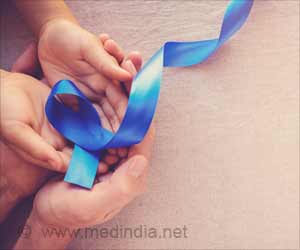Guard yourselves against excessive exposure to ultraviolet radiation, outdoor workers in New Zealand have been told.
Guard yourselves against excessive exposure to ultraviolet radiation, outdoor workers in New Zealand have been told.
For as of now they are exposed to much higher levels of ultraviolet radiation from the summer sun than internationally recommended occupational exposure limits, a new University of Otago study suggests.The study, which is the first to measure and report personal UV radiation exposures of New Zealand outdoor workers, found that all of the 77 workers studied would have received more than the recommended level of 1.08 SED (standard erythemal dose) unless adequately protected.
An exposure of around 1.5 to 3.0 SED is capable of causing sunburn to someone with unprotected fair skin. The average daily summer exposure of the workers was 5.3 SED during the high risk period 11am to 4pm.
The problem of high exposure was compounded by the fact that only 5 per cent of the workers in the study were wearing the recommended wide-brimmed hat, and less than one-third were using sunscreen.
Study co-author Dr Tony Reeder says the findings are a matter of concern, given that excessive exposure to UV radiation is associated with eye diseases, such as some types of cataracts, and skin cancers.
Dr Reeder, who is Director of the Cancer Society Social and Behavioural Research Unit at the University, says more than 90 per cent of skin cancers are attributed to excessive UV radiation exposure, and New Zealand has among the highest rates in the world.
Advertisement
The study involved 77 construction, horticultural and road workers employed at 14 Central Otago workplaces during the 2007 summer. It was carried out by postgraduate student Vanessa Hammond.
Advertisement
Data from electronic monitors worn by each of the workers indicated that the highest exposures were recorded between 2pm and 3pm.
"This finding reinforces the potential reductions in harmful exposure to be gained from rescheduling outdoor work to times before 11am and after 4pm in summer, one of the recommendations in Cancer Society guidelines," Dr Reeder says.
"Employers have an important role to play in protecting their workers from the summer sun. For example, since sunburning UV radiation is strongest around the middle of the day, providing practical and comfortable shade at the worksite during lunch breaks could significantly reduce a workers daily UV radiation dose."
Only some workers in the study had reduced levels of UV radiation exposure during their lunch break.
"Wherever possible, outdoor work between 11am and 4pm should be carried out in either natural or constructed shade during summer months. To achieve this goal, worksites could be provided with movable shade structures, jobs could be moved to specific shaded areas, or follow the daily movement of shade around the worksite," Dr Reeder says.
"The message here is that every opportunity to work in the shade between these times could count towards making a real difference in reducing the risk of a worker developing skin cancer," Ms Hammond says.
Source-Medindia
GPL/L








